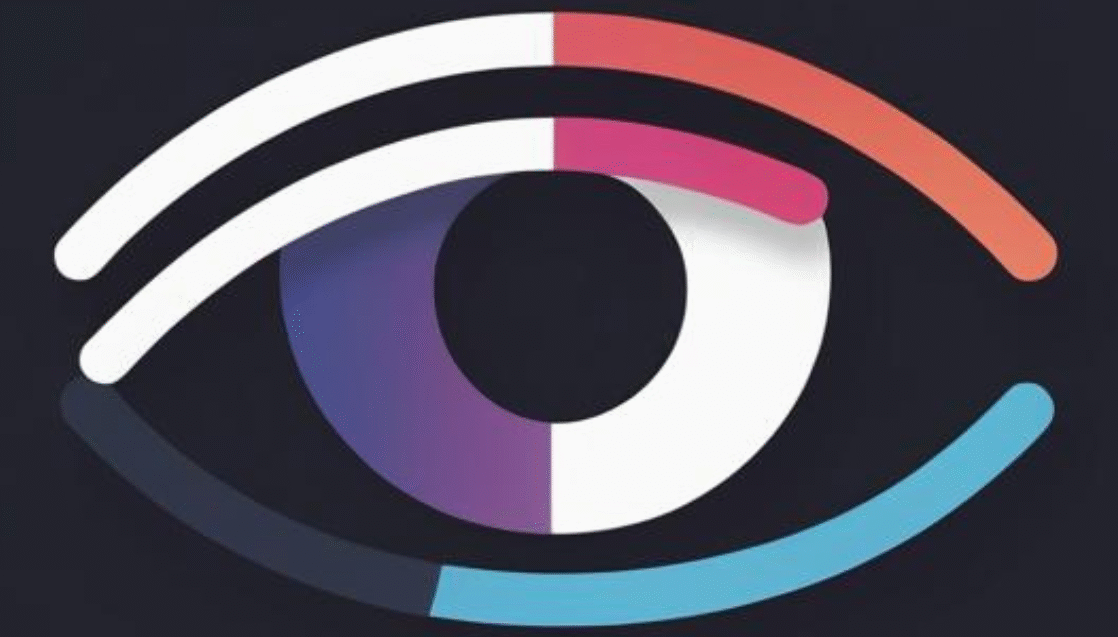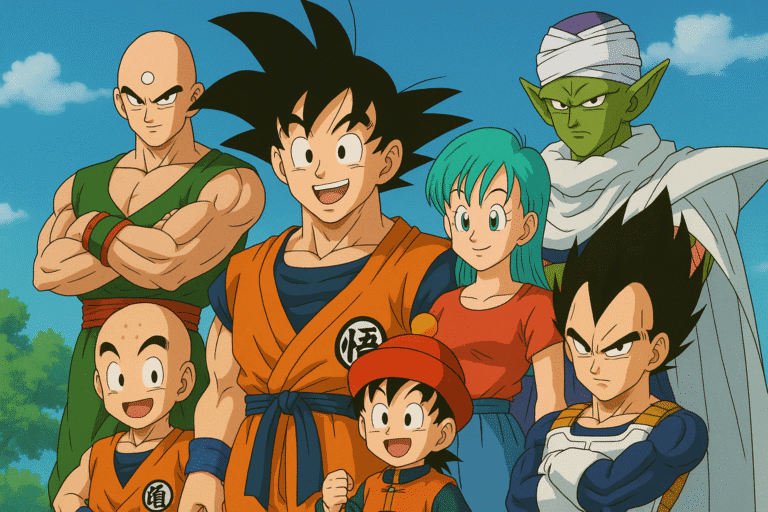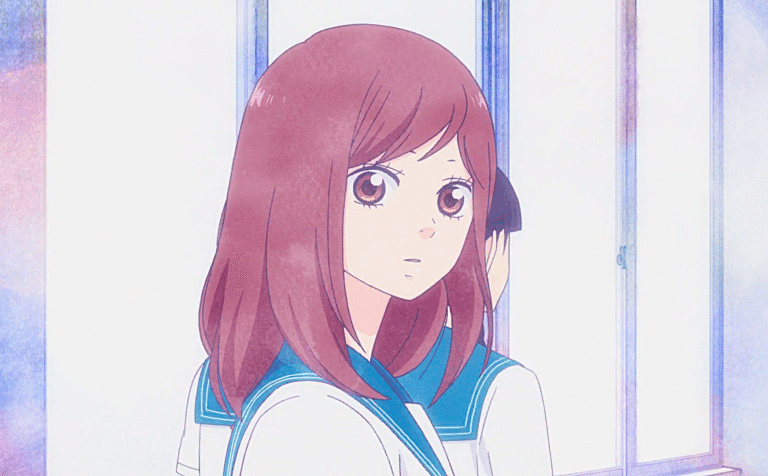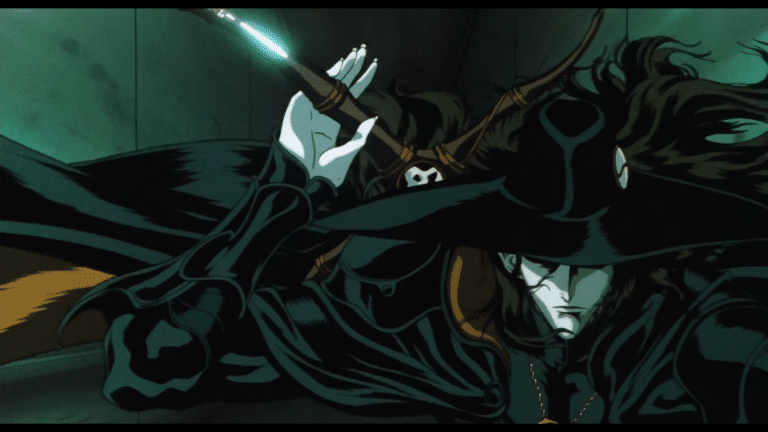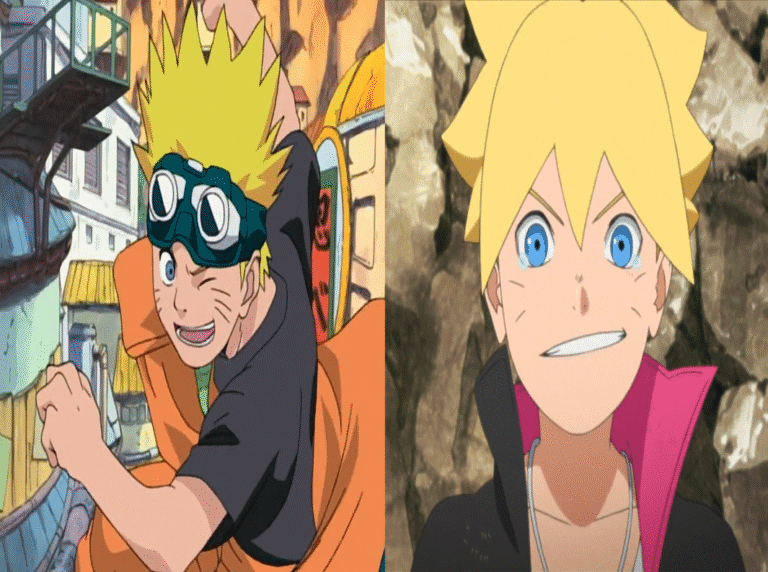The Rise of Fake Anime Fans — When “Weeb Energy” Goes Viral
Anime isn’t niche anymore, It’s everywhere. Blockbuster films breaking box office records, streaming platforms piling in, and A list of celebrities name dropping titles on talk shows. That mainstream glow also brought a new problem. Normal people to idols and actors to influencers and brands are surface level engaging with anime for clout, clicks, or marketing, without the deeper respect or knowledge long time fans expect. The result? A messy stew of gatekeeping, performative fandom, and real world consequences for creators and communities.
Let me share my point of view about what is happening
Anime is massive now. Hit franchises are around global are attracting fans like magnet. Films and streaming numbers prove it and that visibility makes anime a tempting cultural shorthand for “cool.” Major media companies and platforms treat anime like a top tier genre now. Short clips, cosplay selfies, and a single celebrity shout out can generate huge engagement. So some people treat anime like a content tool for quick reference, instant relatability, fast likes, but they don’t have a sustained interest. That’s the root of the “fake fan” phenomenon. Put these together and you get celebrities posing in cosplay for a promo shot, an influencer casually saying they “love anime” on camera, or a brand shoehorning anime imagery into an ad. Some of it’s sincere. Some of it isn’t. The internet doesn’t always bother to tell the difference, but fandoms will.
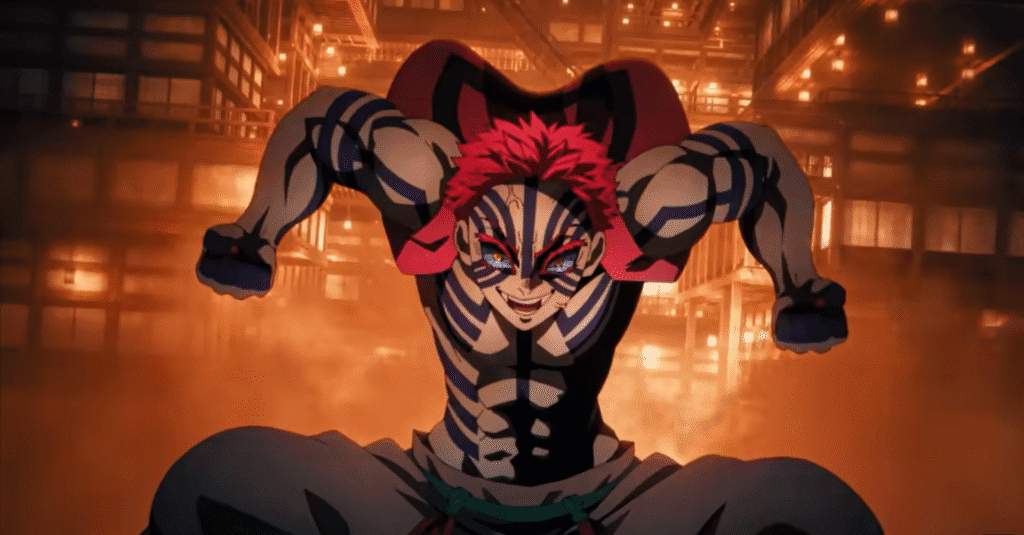
Like there are lot global hype going around with demon slayer
Examples and the backlash
When mainstream names dip their toes into anime culture, reactions fall into three buckets. Celebration, indifference, and pushback. A well known example is when big name artists post anime cosplay or references and receive accusations of “clout chasing,” the debate often spirals into conversations about race, gatekeeping, and who gets to belong. One widely discussed write up argued that backlash against a celebrity cosplayer reflected deeper patterns of gatekeeping and marginalization in fandom spaces. At the same time, tech driven entertainment like VTubers (virtual idols) has made the “real vs staged” line blurrier. Fans debate whether they’re supporting a performer, a character, or just a brand. Reporting on that space shows how some audiences question the authenticity of performers and the commodification of anime aesthetics. These flashpoints expose two things, fans policing authenticity, and non-fans leaning into anime imagery because it’s hot right now. Both create drama.
That’s where terms like “tourist” and “fake fan” enter the conversation. In online communities these words are shorthand for someone who reaps fandom benefits while not respecting its norms like skipping canon, pushing shallow takes, or treating fandom as a trend. Scholars who study fandoms have a useful reminder that gatekeeping exists, but so does elitism; the line between protective enthusiasm and exclusionary behavior is thin and often political. People get annoying when they pose as experts after watching one viral trailer. But the knee-jerk “you’re fake” response can also push away people who might have become genuine fans with a little patience. The community loses either way when the conversation turns toxic.
Why this is problem
Brands or celebrities co-opting anime visuals without permissions or context can dilute or misrepresent a creator’s work. With anime now a billion-dollar industry, that’s not trivial. When public figures are rewarded for surface level anime flexes while marginalized fans get policed, it amplifies inequity inside fandoms. Another good reason is when anime aesthetics become a predictable marketing shortcut, the culture risks being flattened into a palette rather than appreciated as storytelling with cultural roots.
how to keep the space healthy
- Welcome newcomers who show curiosity (even if imperfect).
- Call out exploitative marketing or harmful behavior, but avoid harassing individuals who are genuinely learning.
- Support the original art, license holders, and indie artists.
The “rise of fake anime fans” is a symptom of two big trends. Anime’s mainstream boom and the attention economy’s hunger for quick cultural capital. Neither trend is going away. But authenticity, repeated engagement, respect for creators, and honest curation will always land better than a one-off cosplay selfie.
Image Credit Ufotable
